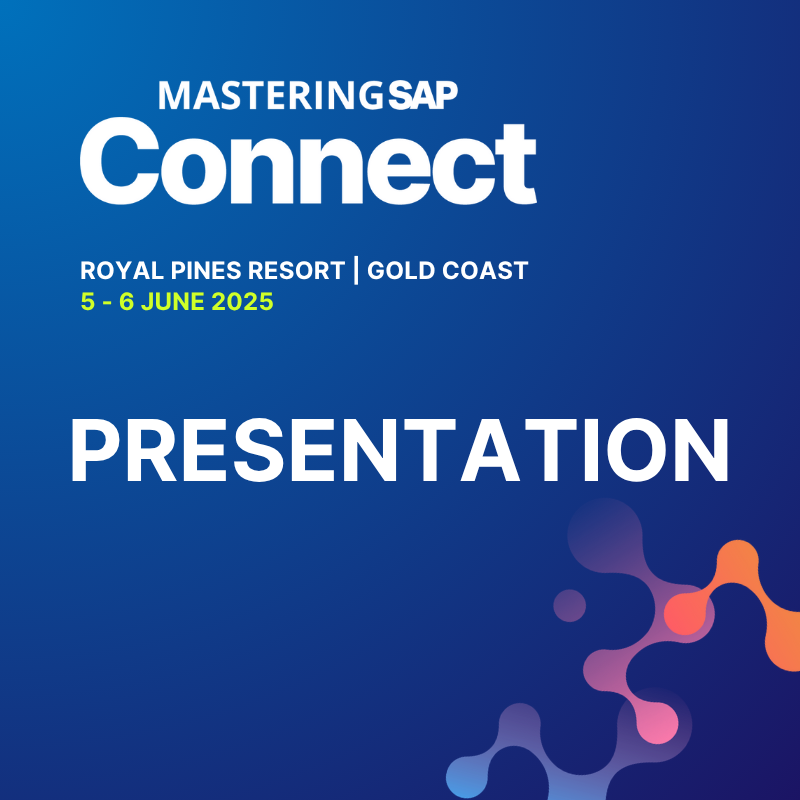Enhance Supply Chain Efficiency with Spend Management Visibility
An Interview with Rajiv Jain, Director at PwC, and Gurminder Sandhu, Principal at PwC
Meet the Experts
Key Takeaways
⇨ Procurement teams face increasing challenges due to supply chain uncertainty.
⇨ Technology innovation across spend management can enable real-time procurement visibility to navigate supply chain complexity
⇨ PwC leverages intelligent contract lifecycle management (CLM) solutions, such as Icertis Contract Management (ICM), to help improve SAP Ariba implementations
The recent economic disruption has accelerated inefficiencies across the global supply chain, creating uncertainty for organizations. As a result, procurement teams face increasing challenges due to supply chain uncertainty. With globalization and the rise of new technologies, the supply chain has become more complex.
To keep up with this ever-changing landscape, organizations need to be strategic and innovative in their approach to procurement. In addition, executives require visibility and accurate information to navigate growing complexity across the procurement process.
Data from our SAPinsider Automation in Finance Benchmark Report identifies procurement process automation remains an important initiative for global organizations, with 37% of SAPinsiders currently automating procurement processes. Automation has also played a role in simplifying the procurement process by confirming that data is accurate and up-to-date.
Explore related questions
To help us better understand supply chain complexity, procurement automation, and spend management trends, SAPinsider talked to Rajiv Jain, Director at PwC Spend Management practice, and Gurminder Sandhu, Principal at PwC Spend Management practice.
Link to Video Technology Insight: Video Q&A with Rajiv Jain and Gurminder Sandhu
Accelerating Supply Chain Complexity Pressuring Procurement Teams
To maintain growth and stay competitive, procurement teams must find effective suppliers and products for their organization. Traditionally, procurement has been a manual process – sourcing managers would visit supplier sites, collect quotes, and manually document. Not only was this time-consuming and often led to inaccurate data, but COVID-19 rendered this traditional procurement process insufficient for modern organizations.
Jain highlights the need for greater supply chain confidence, noting that “the supply chain must be more resilient. The old ways where companies had a source of supply and only focused on established lead times to secure a product has changed to a focus on digital signals, real-time confirmations that allow resilience in securing the product.”
Digitalization has changed the business landscape by providing real-time supplier performance and pricing visibility. As a result, organizations can clearly understand their spending, see where their money is going, and use automation to streamline processes.
Strategic and innovative procurement practices such as spend management are helping organizations navigate the risks associated with accelerating supply chain complexity. Spend management refers to identifying, analyzing, and optimizing an organization’s expenditure. By gaining visibility into current spending, procurement teams can make more informed decisions about where to allocate resources better.
Increasing Automation in Spend Management
Another key trend in procurement is the increased use of automation across spend management. This can help organizations save time and money by reducing manual tasks and eliminating steps in the procurement process. Automation can also help to improve accuracy and compliance with organizational policies. For SAPinsider organizations, SAP Ariba provides solution options to help automate procure-to-pay, contract cycles, and sourcing.
Contract lifecycle management (CLM) is another area within end-to-end procurement processes where automation can significantly impact. By automating CLM activities, organizations can improve compliance with organizational policies – not to mention boost efficiency and visibility into spend.
How PwC Improves Spend Management for SAP Organizations
Visibility, automation, and spend management are critical to a successful procurement operation. Many organizations struggle to get visibility into their procurement operations, leading to inefficiencies and waste. PwC’s Procurement Excellence services powered by SAP can help companies overcome these challenges. The platform provides real-time visibility into procurement operations, allowing organizations to help identify areas for improvement. “With implementations, we are not only aiming for technology implementations, but we are also looking to support business outcomes, whether those business outcomes are increasing efficiency, reporting ESG metrics, or increasing compliance. One major business goal that companies are seeking is to eliminate and reduce their environmental costs, and that goes to supply chain visibility and tracking to identify sustainability levers,” says Sandhu.
PwC can also help SAP organizations optimize SAP Ariba implementations by integrating Icertis Contract Management (ICM). The ICM solution allows for end-to-end contract visibility and approval workflows that help organizations avoid risk and improve compliance. As a result, organizations can enhance automation across the procure-to-pay process, reducing costs and cycle times by reducing manual processes and errors. “If you look at most contracts, even though they are written digitally as a PDF, it is still unstructured data. We have made leaps and bounds in technology, but if you ask a contract manager if they can harvest that data like terms and conditions to understand performance and risk factors, they still lack the capability. With Icertis, as you pull all these contracts, the A.I. capability helps you structure that data and make sense of it and not just pull and put data into another repository,” says Jain.
Spend management provides visibility into your organization’s spending patterns and supplier relationships to make informed decisions about where to allocate resources. By adopting strategic and innovative spend management practices, procurement teams can overcome challenges, such as supply chain complexity and process inefficiency, to position themselves as valued partners within their organization.
What Does This Mean for SAPinsiders?
Here are some key takeaways that SAPinsiders should consider as they evaluate their technology needs for procurement and spend management processes:
Improve supplier experience and collaboration with automation. Global organizations cannot run this risk of damaging vital supplier relationships with poor experience in the current environment. While supply chain complexity is a reality for all organizations, some companies cannot afford to remain with uncertain partners in this rapidly changing and highly competitive marketplace. Leverage automation to improve communication and coordination with suppliers and create transparency into how procurement operations perform.
Align your spend management and CLM solutions with organizational requirements. The complexity of supply chains can make it challenging to find the correct spend management and CLM solutions to help keep track of spending and procurement processes and manage supplier relationships. There are multiple factors to consider, such as the size of your organization, the type of products you procure, and your budget. To find the right spend management and CLM solutions for your organization, it is crucial to understand your needs and the available features.
Leverage partner organizations and certified vendors to add intelligence to the procurement process. Many organizations see the business case in enhancing the current procurement process with AI-based technology. However, the Great Migration and subsequent lack of human capital and necessary skillsets stalled planned procurement solution upgrades. Jain echoes this sentiment, “we definitely focus on the skills gap when working on a digital transformation. Skills and people are the most important piece.” SAP organizations, especially small and medium-size companies with limited resources, should consider working with trusted partners and vendors. This will help them deploy robust spend management and CLM functionality so they can take advantage of the latest technologies in their industry while still staying within budget constraints.





